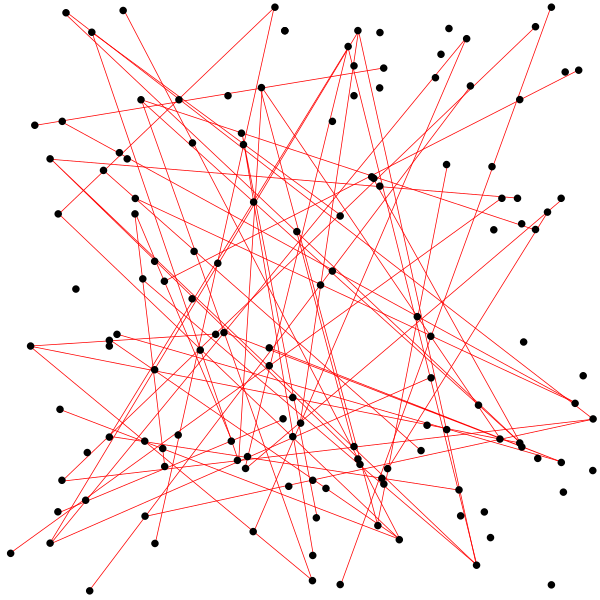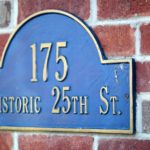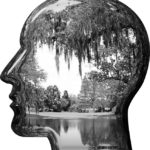My understanding of ley lines has been that they are energy lines that cross the earth in right angles to each other and are created by magnetic fields. Many sacred and/or religious sites have been built on these lines over the years. Their mystery evolves from the fact that even ancient societies (the Nazca and the Mayans included) seemed to know of their existence. This information is based upon the fact that their temples and other religious sites are overwhelmingly located on ley lines. The mystery is furthered by the question, “How did these primitive people know where the ley lines were located?”
Wikipedia states that “ley lines refer to hypothetical alignments of a number of places of geographical interest, such as ancient monuments and megaliths… Their existence was suggested in 1921 by the amateur archaeologist Alfred Watkins, whose book The Old Straight Track brought the alignments to the attention of the wider public.” This basic definition is very ambiguous and alludes to nothing more than the perhaps coincidental fact that many geographical places “line up” and that these lines may be referred to as ley lines.
However, Wikipedia does go on to state that there are several areas of interpretation when it comes to the study of ley lines.
Archaeological: Archaeogeodesy examines geodesy as practiced in prehistoric time and ad evidenced by archaeological remains. As interpreted by geodesy, ley lines can be the product of ancient surveying, property markings, or commonly traveled pathways. (Nothing supernatural here!)
Cultural: Many cultures use straight lines for a variety of reasons within their culture, i.e., religious use, roadways, organization.
New Age: Herein lies the “psychic or magical energy” of ley lines. Often ley lines are connected with elements such as geomancy, dowsing and UFOs. It is often claimed that ley lines have electrical or magnetic forces associated with them.
Skeptical: As is to be expected, skeptics classify ley lines as pseudoscience and believe that they can be readily explained without resorting to extraordinary or pseudoscientific ideas. (See Archaeological and Cultural explanations above.)
Much like the chicken and egg, these different views lead to the question, “Did the structures come first, or the ley lines?” The answer depends upon which theory you accept.
Ley lines were first proposed by Alfred Watkins
Ley lines were first proposed by Alfred Watkins in 1921 after visiting Blackwardine in Herefordshire and noticing that many of the footpaths connected one hilltop to another in straight lines. He began studying local maps and found that many places were in alignment on the map. Watkins’ theories on ley lines offered logical explanations for these occurrences.
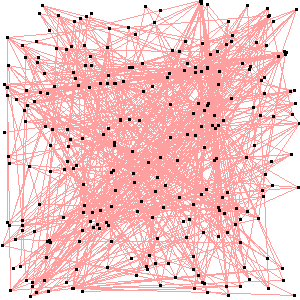 As John Bruno Hare stated in 2004, “Watkins never attributed any supernatural significance to leys; he believed that they were simply pathways that had been used for trade or ceremonial purpose, very ancient in origin, possibly dating back to Neolithic, certainly pre-Roman. His obsession with leys is a natural outgrowth of his interest in landscape photography and love of the British country side.”
As John Bruno Hare stated in 2004, “Watkins never attributed any supernatural significance to leys; he believed that they were simply pathways that had been used for trade or ceremonial purpose, very ancient in origin, possibly dating back to Neolithic, certainly pre-Roman. His obsession with leys is a natural outgrowth of his interest in landscape photography and love of the British country side.”
In contrast, two British dowsers, Captain Robert Boothby and Reginald Smith of the British Museum, have linked the appearance of ley lines with underground streams and magnetic currents. Underwood, after conducting many investigations, claimed that “negative” water lines and positive aquastats often crossed at sites which had been chosen as holy by ancient civilizations. He re-dubbed these ley lines as “holy lines.” In addition, two German researchers, Wilhelm Teudt and Josef Heinsch claimed that Teutonic peoples contributed to the construction of a network of astronomical lines which were then mapped onto the geographical layout of ancient sacred sites. Such ideas quickly combined the logical with the supernatural and led to many current ideas surrounding ley lines, including those of New Age geomancers and those touted by the Chinese in the laws of Feng Shui.
Scientific Studies on the Concept of Ley Lines
There have been many scientific studies done on the concepts of ley lines. Two of the most cited include Paul Devereaux’s “Places of Power” and John B. Carlson’s “Lodestone Compass: Chinese or Olmec Primacy” which state that some points along the lines do possess higher magnetic energy than the average geomagnetic intensity. These theories of magnetic interaction at ley line points suggest to some that these points are used to induct energy. Geomantic researchers have further studied this concept by measuring telluric currents, geomagnetic fields, and the Schumann resonance. Current data is inconclusive.
The term “ley” comes from a Saxon word meaning “cleared strip of the ground” or “meadow.” Sites that are considered prominent on ley lines include “prehistoric standing stones and stone circles, barrows and mounds, hill forts and earthworks, ancient moats, old pre-Reformation churches, old crossroads, river crossing, fragments of old straight trackways, and prominent hilltops.” A number also includes “church lines”, “corpse ways”, “church paths”, and “coffin lines.” For obvious reasons, it is clear why ley lines are often are perceived to include a “spirit” element of some kind, often referring to spirits of the dead. Indeed, early civilizations believed that straight landscape lines would facilitate the passage of spirits.
Ley Lines on 1960s
Ley lines became of particular interest in the late 1960s as the concept that linked life-energies with place related energies in folklore, fueled by the general search for spirituality, gained ground. John Michell’s The View Over Atlantis brought to light many of the current ideas on leys, folklore, mythology, and landscape. By the 1970s, dowsers and water-diviners were hot in the game, claiming the ability to dowse ley lines on the ground and on maps. They promoted prehistoric sites located on ley lines as places of power on a global grid of spiritual energy.
In the late 1970s, Paul Devereaux (see “Places of Power” above; also editor of The Ley Hunter) began The Dragon Project. This was a volunteer effort to examine ancient sites to determine if they were indeed sources of repository energies. They set up a home base in Rollright stone circle in Oxfordshire and use scientific measures, photographers, dowers, psychics, and sensitives to test for these “earth energies.” After ten years of careful testing and recording, they came to the conclusion that while there were no strange energies at these places, there were strange anomalous effects in known energies.
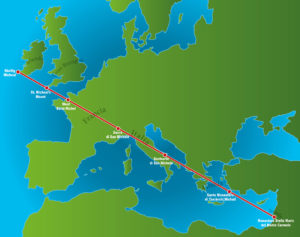 During this time, the interest in ley lines, their existence, and the extent of their power shifted from England to various places around the globe. Areas of particular interest were the Native American Indian trails in the sierra regions of California, Bolivian lines marked with Christian churches and shrines, the tracks of the Anasazi that radiate from Chaco Canyon in New Mexico, and the Mayan “sacbeob.”
During this time, the interest in ley lines, their existence, and the extent of their power shifted from England to various places around the globe. Areas of particular interest were the Native American Indian trails in the sierra regions of California, Bolivian lines marked with Christian churches and shrines, the tracks of the Anasazi that radiate from Chaco Canyon in New Mexico, and the Mayan “sacbeob.”
The interest in ley lines has waned at present; however, it still exists. Organizations such as The Society of Ley Hunters and magazines such as The Ley Hunter still draw an audience. Groups such as The Geo Group stand firm in their theories on ley lines, how they work, and their purpose. Ley lines are still viewed from many perspectives and truthfully, no firm answers have yet to be discovered. They are a mystery to be explored and enjoyed.
Sources:
http://en.wikipedia.org/wiki/Ley_line
http://www.sacred-texts.com/neu/eng/ebt/index.htm
Devereaux, Paul, “Places of Power” Blandford Press, 1990.
Carlson, John B., “Lodestone Compass: Chinese or Olmec Primacy?” Science, 1975.
http://www.leyhunter.com/begin/be1.htm
http://www.leyhunter.com/begin/be2.htm
https://www.youtube.com/watch?v=wcDn-eugS4M&list=PLmTQqUFLTEnnmZuSoONbepGsUz0_HpfUt

